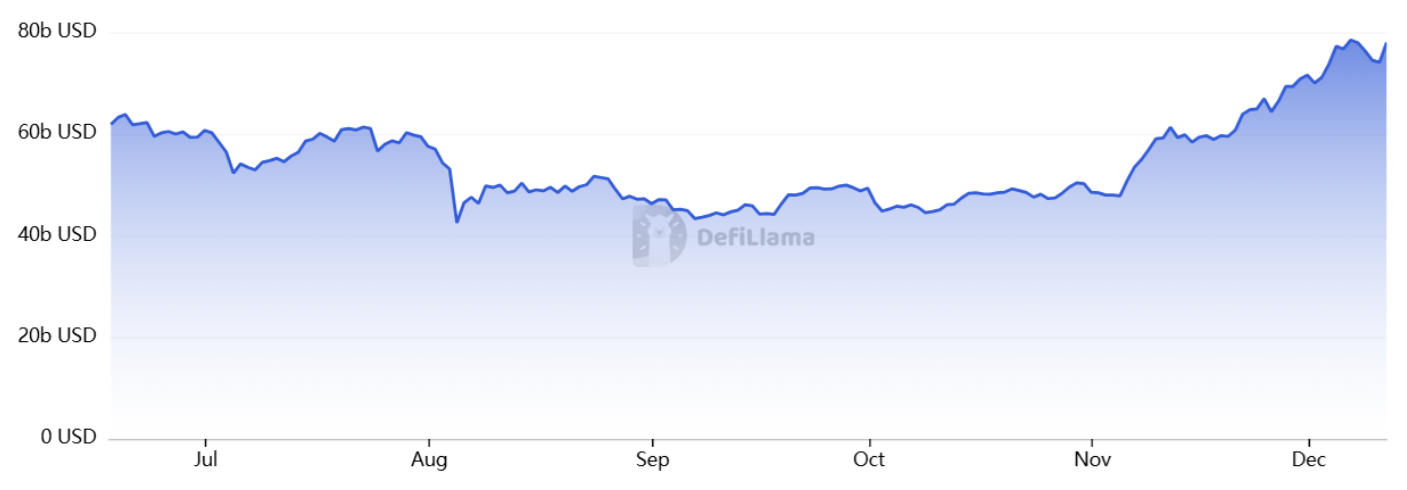NEW YORK: The US stock market is finally as fast as it was about a 100 years ago.
That was the last time share trades in New York settled in a single day, as they will from yesterday under new Securities and Exchange Commission (SEC) rules.
The change, halving the time it takes to complete every transaction, also occurred in jurisdictions including Canada and Mexico on Monday.
The switch to the system known as T+1 – abandoned in the earlier era as volumes became unwieldy – is ultimately intended to reduce risk in the financial system.
Yet there are worries about potential teething issues, including that international investors may struggle to source dollars on time, global funds will move at different speeds to their assets, and everyone will have less time to fix errors.
The hope is that everything will run smoothly, but even the SEC said last week the transition may lead to a “short-term uptick in settlement failures and challenges to a small segment of market participants.”
The finance world’s main industry group, the Securities Industry and Financial Markets Association (Sifma), has instigated what it calls the T+1 Command Centre to identify problems and coordinate a response.
Firms across the spectrum have been preparing for months, relocating staff, adjusting shifts and overhauling workflows, and many say they’re confident in their own readiness. The worry is whether every other counterparty and intermediary is similarly organised.
“There’s a lot of dependencies within the industry and there may be some rough patches with individual firms,” said Tom Price, managing director and head of technology, operations, and business continuity for Sifma.
“But I’m encouraged that firms are staffing up. They’re making sure folks are not at the beach over the transition period but in the office.”
It’s not the first time Wall Street has undergone such a transition but industry pros say it will be the most challenging.
The T+1 era of the 1920s – a decade dubbed “the roaring ’20s” in part because of the amazing stock market performance – ended because the manual nature of transactions meant it was impossible to keep up with surging trading activity.
The settlement time was eventually pushed out as far as five days.
That was reduced to three in the wake of the 1987 Black Monday crash, and then to two days in 2017 to better reflect the modern market.
The cut to a single day is different because of the size and scale of the market today, the complexity of investment across borders, and the fact the United States is leaving many other jurisdictions behind.
Most notably, currency trades traditionally settle in two days, meaning international investors looking to fund US securities transactions will need to source their dollars much faster.
Despite the nominal one-day timeframe, in practice a key industry deadline means many will have just a handful of hours in which to do it. That coincides with a period of famously low liquidity.
“There will likely be an adjustment in liquidity requirements towards the end of the forex trading day and shortly after – between 3pm and 7pm in New York,” said Michael Wynn, head of execution services for the securities services arm of Citigroup Inc.
“Over the medium to long term, we expect that liquidity will improve as we get into a normal course of business.”
Two big, immediate tests also loom for the T+1 system: First, today’s so-called double settlement day, where T+2 trades from Friday come due at the same time as yesterday’s T+1 transactions.
Then MSCI Inc’s index rebalancing at the end of the week, when funds around the world tracking its gauges will be reshuffling holdings at the same time.
“We’re ready for those expected waves,” said Christos Ekonomidis, T+1 programme director at BNY Mellon.
“We know there are going to be some issues with a transition like this so it’s about having the right resources to fix them quickly.” — Bloomberg
